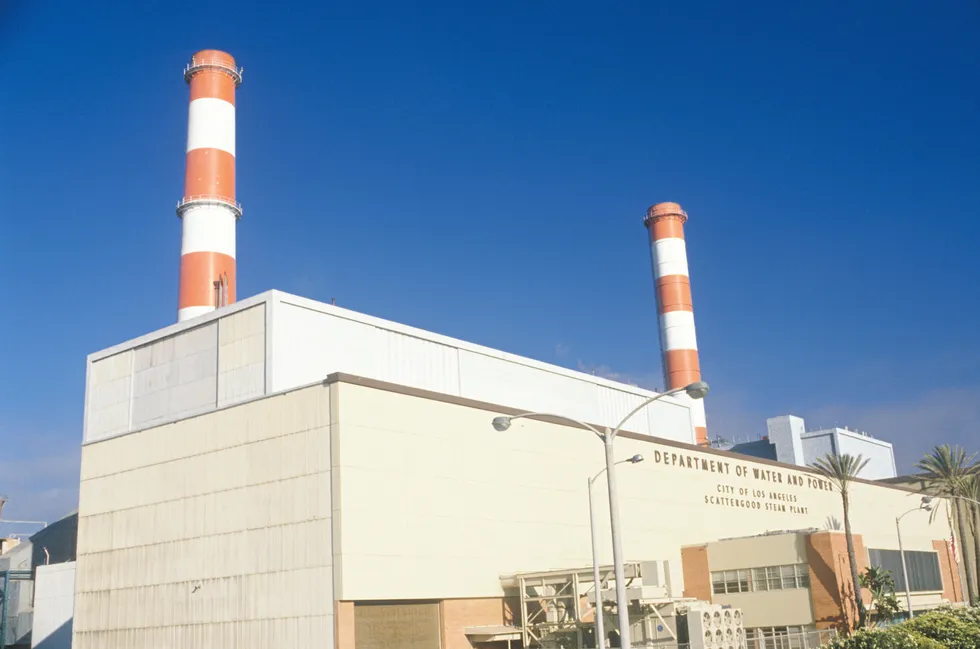Los Angeles moves forward with $800m plan to convert 830MW gas-fired power plant to run on green hydrogen
City council votes to issue request for proposals to carry out conversion on its largest power plant, amid environmentalist opposition

City council votes to issue request for proposals to carry out conversion on its largest power plant, amid environmentalist opposition
